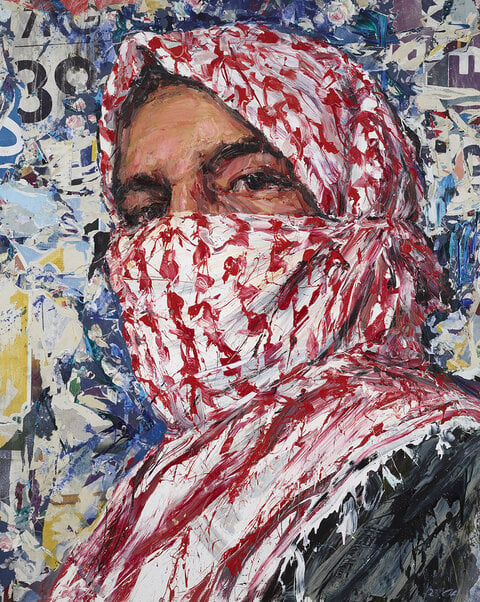Ayman Baalbaki’s untitled artwork represents a bust view portrait of a fida’i (freedom fighter) wearing a keffiyeh, and a Guy Fawkes mask, set against a colorful background of acrylic in fabric laid on canvas
The figure in the painting occupies most of the composition, as he looks straight at the viewer from behind his mask. He is painted in a black and white palette, along with the keffiyeh on his head. The white cotton scarf is checkered in black, painted in visible, thick brushstrokes. The scarf covers the entirety of his head before falling back on his shoulders, and part of his pitch-black shirt. The notorious bone-white vaudeville mask, with its uncanny smile, distinct moustache, and dagger-thin goatee, covers the figure’s face completely. The backdrop is a chaotic amalgam of seemingly torn fabric and a heavy splatter of paint. The latter is similarly rendered with frenzied brushstrokes in a vibrant palette of blues and reds.
Painted in Ayman Baalbaki’s signature expressionist style, the thought-provoking composition experiments with the notion of identity. Indeed, the portrayed fighter is anonymous. Conversely, he wears one of the most recognizable masks and scarves in contemporary history. They are iconographic symbols of rebellion. The keffiyeh, historically considered the traditional Palestinian headdress, has become a glorified symbol of Palestinian resistance in Arab culture. Conversely, it has also come to represent Islamic extremism for the West. Similarly, the Guy Fawkes mask grew to represent conflicting values and beliefs. It started with an association to Fawkes’ treason, and through the power of narration, became an international symbol of revolution against injustice. As such the attire of Baalbaki’s figure gives him an instant collective identity, even when his individual one is unknown.
Contradictions are common in Baalbaki’s work. Heroism and terrorism, visibility and anonymity, individual and collective identity, are some examples addressed in this artwork. To the artist, it is precisely such contradictions that add richness to art. It is, thus, unsurprising that he chose against titling the piece, and to use controversial symbols that have transcended their local context in pursuit of global meaning. In doing so, he has created a truly universal work of art.

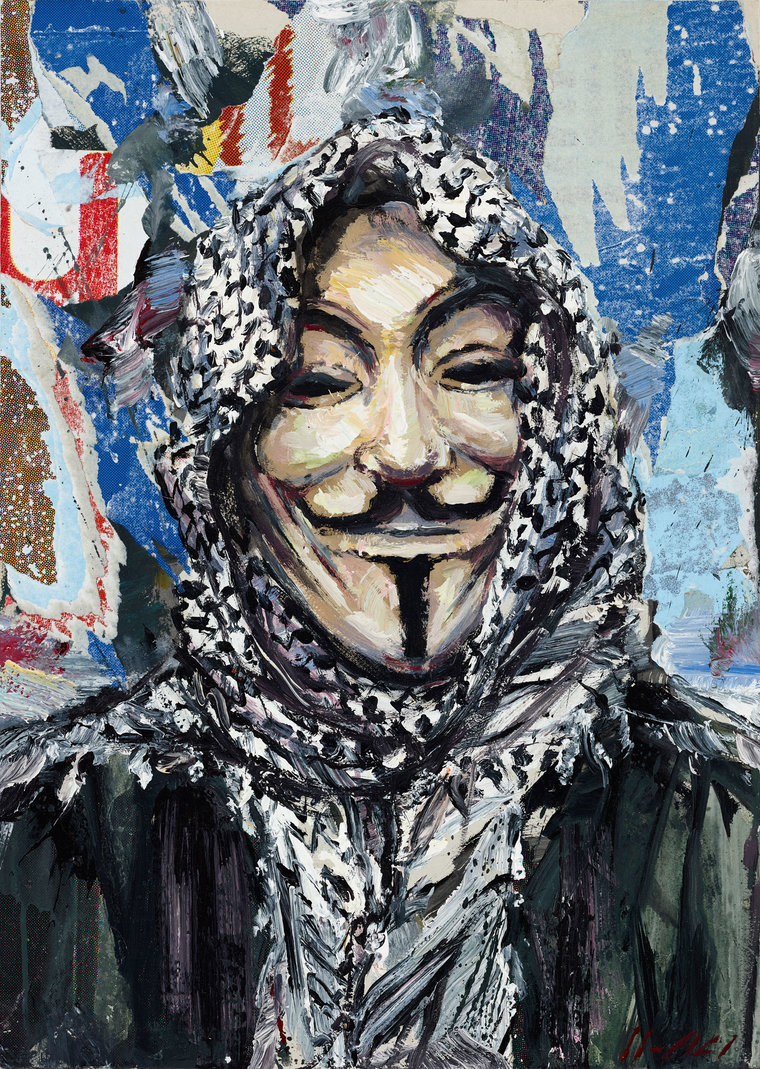

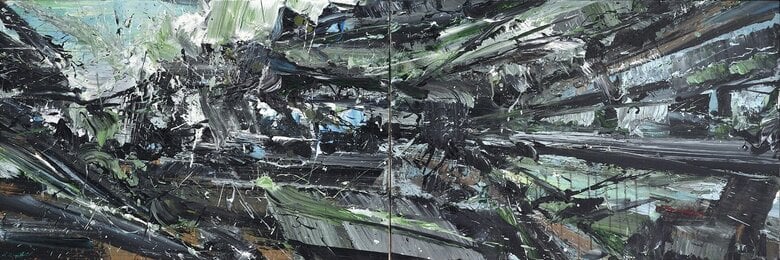



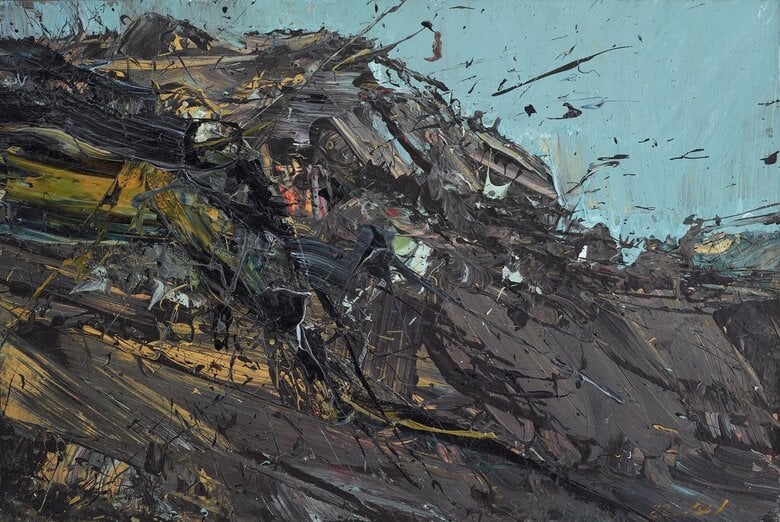

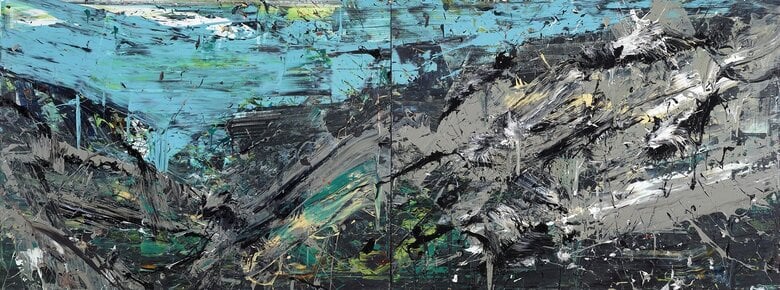

.jpg)
.jpg)

